Every Guillermo del Toro Movie Ranked, From ‘Cronos’ to ‘Pinocchio’
- Oops!Something went wrong.Please try again later.
There isn’t another filmmaker quite like Guillermo del Toro.
While he’s been working since 1993, he’s only made 12 films. But each one of those films is so singularly well-crafted and emotionally resonant, that they stand out as being unlike any other films being made today (or really at any other time). Del Toro stuffs these bejeweled treasures, made with clockwork intricacy, full of ghosts and ghouls and phantasmagorical creatures. But they are also populated with human characters who sport actual and psychic scars, made whole or irreparably damaged by their encounter with the unknown. Whether in English or Spanish, with the tiniest budget or the most expansive, del Toro maintains his creative vision through it all.
It’s with this in mind that we look back at his entire filmography, from the least to most mind-altering.
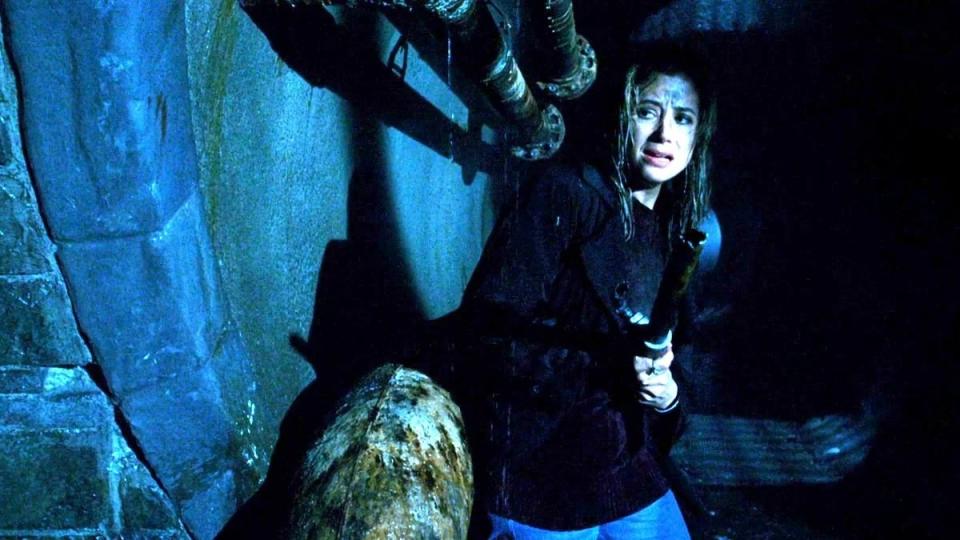
12. “Mimic” (1997)
Del Toro himself would probably admit that this was his worst film, or at least his most compromised. (A “director’s cut,” released on Blu-ray a few years ago, does much to restore his original vision.) “Mimic” concerns a deadly outbreak of a mysterious disease in New York City, carried by the city’s cockroach population. To combat the problem, an entomologist (Mira Sorvino) genetically engineers an insect to seek out and destroy the cockroaches. Years later, it’s discovered that those same insects have evolved and changed, to the point where they are mimicking human beings (and killing them too). A fraught production (it was del Toro’s first English-language film) had the director tussling with producers Bob and Harvey Weinstein and creatively unmoored. (Steven Soderbergh wrote an entire new script; it went unused.) Still, as a giant-bugs-in-the-New-York-underground movie, it is pretty great.
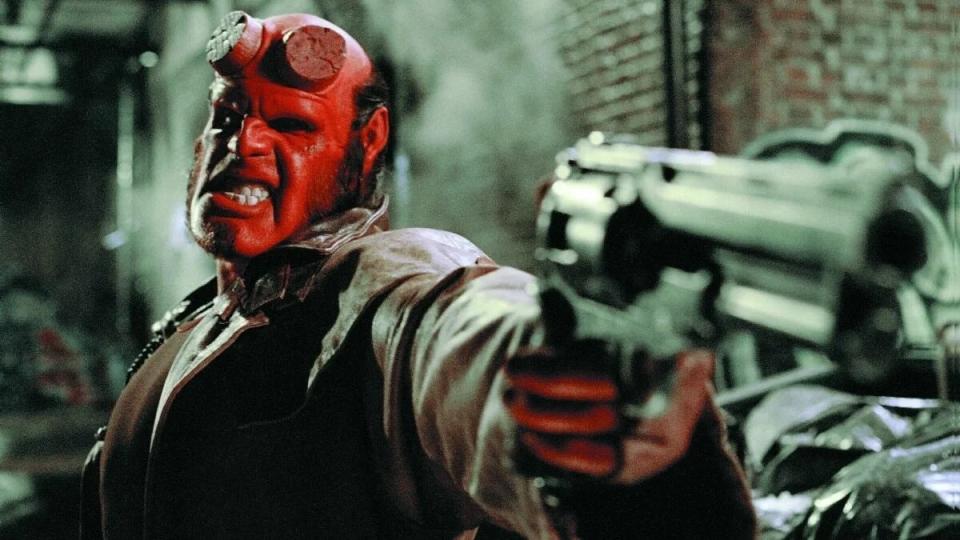
11. “Hellboy” (2004)
Pardon the pun, but del Toro had been dying to make “Hellboy,” an adaptation of Mike Mignola’s esoteric and artful independent comic book about a monster who fights monsters. But when it came to actually making it, you can feel him begrudgingly concede to studio notes and suggestions (the Myers character, an audience surrogate, is not from the comics and he sticks out like a sore thumb). The biggest triumph of “Hellboy” is Ron Perlman, a del Toro regular who inhabits the role of the titular hero superbly. Perlman’s combination of gruff determination and heartache at being an outsider are brought to fully dimensional life by Perlman. (Hellboy’s sidekick, the aquatic Abe Sapien, performed by Doug Jones and voiced by David Hyde Pierce, feels like a trial run for “The Shape of Water.”) Del Toro would have more creative control (and, indeed, more fun) with the sequel four years later.
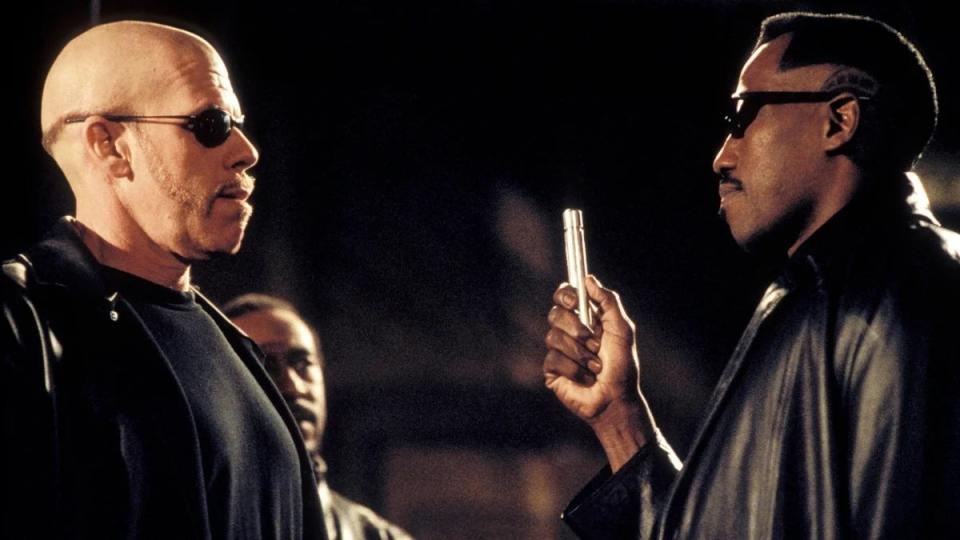
10. “Blade II” (2002)
Del Toro returned to Hollywood for the first time since “Mimic” with “Blade II,” a sequel to director Stephen Norrington’s surprise 1998 hit. Wesley Snipes reprised his role as a half-vampire superhero who hunts vampires in a sequel that is both scarier and way funnier. The stroke of genius was pairing Blade with a pack of highly skilled vampires (led, naturally, by Ron Perlman’s goosestepping Reinhardt), initially trained to hunt him, and have them all go up against a new form of vampire. (The big reveal of the new vampire’s physiology caused shockwaves in the audience every time I saw it in a theater.) Palace intrigue, Kris Kristofferson’s even more exaggerated return as Blade’s human mentor Whistler, and a vampire club sequence that’s even cooler than the original film’s all make “Blade II” not only a superior sequel but one of the best superhero-adjacent romps from that period.
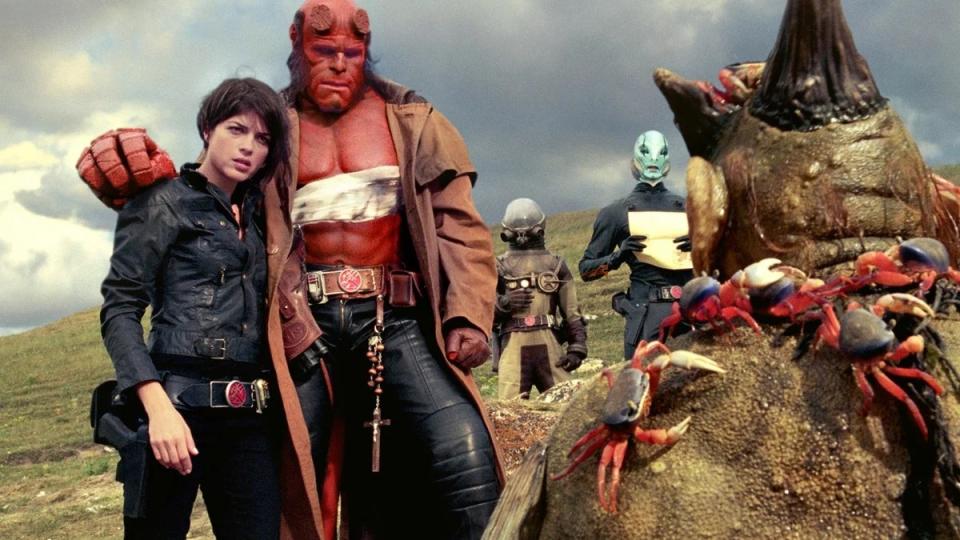
9. “Hellboy II: The Golden Army” (2008)
The important thing to remember about “Hellboy II: The Golden Army” is that it wasn’t just the follow-up to the original “Hellboy,” but it was also the follow-up to del Toro’s Oscar-winning “Pan’s Labyrinth.” As such, this installment veers away from the first film’s Lovecraftian creatures, instead focusing on creatures from fairy tales (tooth fairies, magic beans, etc.) The resulting film is utterly enchanting and wildly imaginative – a visual feast that showed what del Toro could do when supported by a proper budget and a leadership team that trusted him. Under these parameters, del Toro was able to dream up the troll market a bustling bazaar full of animatronic creatures and fanciful designs that rival the cantina scene from “Star Wars” (the concept would return in his work on the animated “Trollhunters” series) and the titular Golden Army, a platoon of ancient, egg-shaped robots. (Many of the creatures were, of course, portrayed by del Toro’s frequent collaborator Doug Jones.) Truthfully, the only disappointing thing about “Hellboy II” is that it ends on a cliffhanger that never got to be resolved.
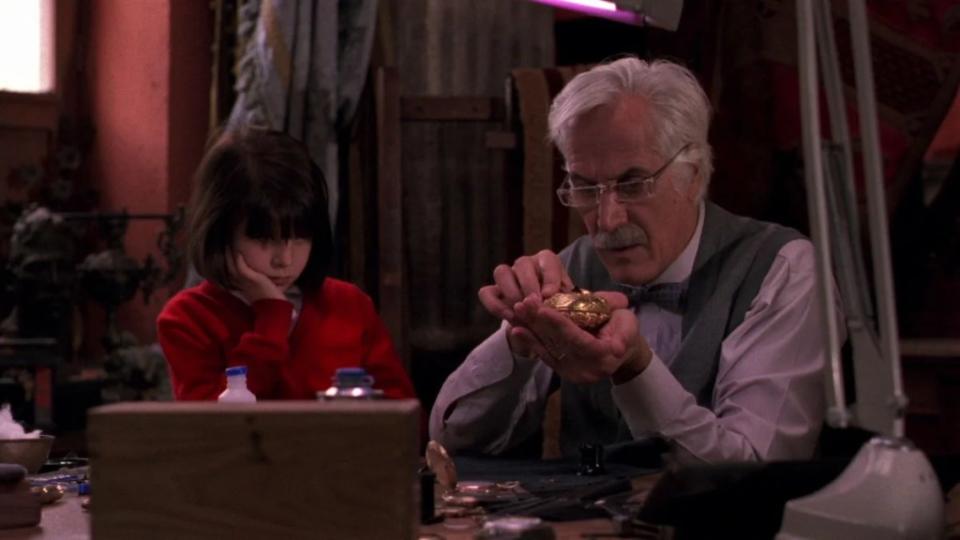
8. “Cronos” (1993)
It’s rare for a debut feature to feel so fully connected to what will come later – all the peculiarities and thematic concerns and stylistic tics already ingrained in the filmmaking. But with “Cronos,” del Toro’s debut feature, everything is right there. It involves a little golden doodad known as the Cronos Device, which has a living creature of unknown origin inside of it. (See?) It becomes the object of desire for a wealthy, chronically ill industrialist, while a hapless antique dealer happens upon it and is soon consumed by the device and his newly developed desire for blood. Remarkable for how completely formed the story is (and how singularly del Toro-ian it all is), “Cronos” would also serve as his first collaboration with Ron Perlman, a performer that has appeared in nearly all of his films (including, most recently, “Nightmare Alley” and “Pinocchio”). It’s a little shaggier than later del Toro features but has all the heart, humanity and creepy dread we’ve come to expect from him. A hidden gem.
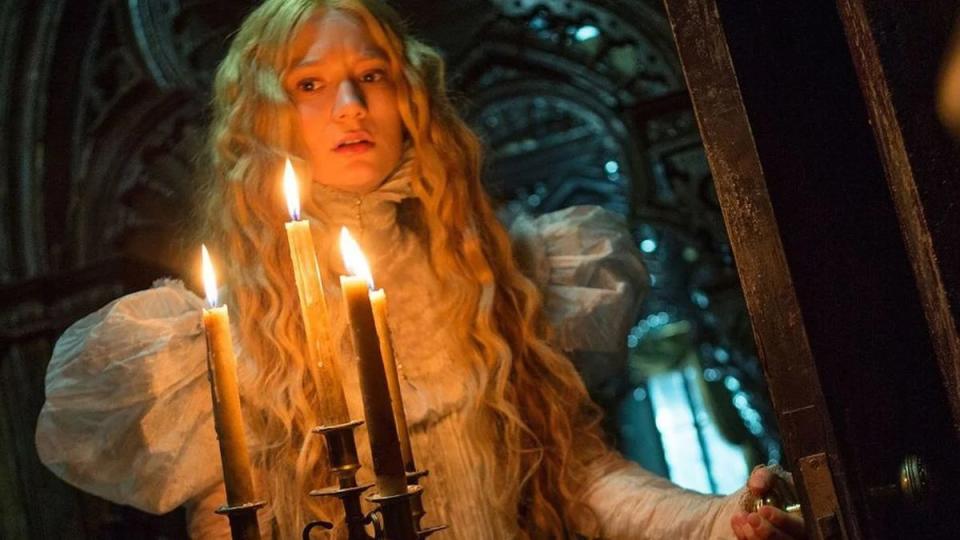
7. “Crimson Peak” (2015)
One of del Toro’s more oddly overlooked films, “Crimson Peak” is a sumptuous Gothic romance that is a true delight. Mia Wasikowska plays a young New York heiress named Edith who is swept off her feet by a charming stranger, Thomas Sharpe (Tom Hiddleston), and whisked away to his family’s dilapidated mansion (Crimson Peak), run by Thomas’ unhinged sister Lucille (Jessica Chastain). (An earlier version of the movie planned to star Benedict Cumberbatch and Emma Stone.) Del Toro emphasizes romance and a palpable eeriness over an abundance of scares (although there are plenty of those too, including some very creepy ghosts), in one of his most ornately and gorgeously constructed films. (Also, Charlie Hunnam plays a lovesick suitor who is also an amateur ghost photographer.) If, for some reason, you haven’t seen “Crimson Peak,” get ready to be swept up. And swept away.
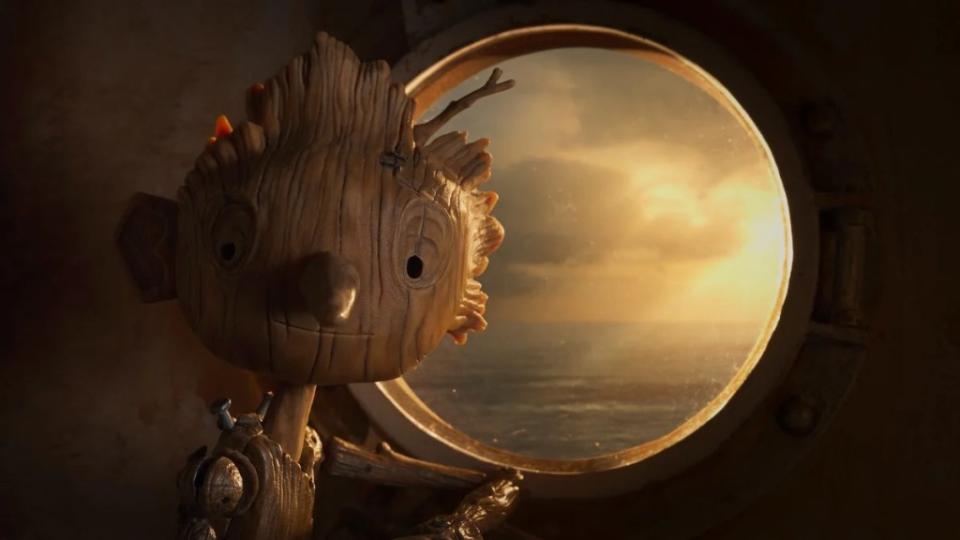
6. “Pinocchio” (2022)
Another long-simmering passion project of del Toro’s was a version of Carlo Collodi’s “Pinocchio,” brought to life via the magic of stop-motion animation. The resulting film is stranger and more esoteric than previous film adaptations (including a Robert Zemeckis remake of the Disney version, which aired on Disney+ a few weeks before del Toro’s), very much fitting with the filmmaker’s sensibilities and styles. One of the things he wanted to avoid was overly exaggerated posing, which is a staple of modern animation, instead focusing on gestures and mistakes that actual human beings would make. And by setting the movie in the aftermath of World War I, del Toro and his team, including director Mark Gustafson, producer Lisa Henson and co-screenwriter Patrick McHale, investigate what it means to be a “puppet” under the looming threat of fascism. The whole enterprise is enchanting; it’s hard not to get swept up in the world of Pinocchio and the various characters who orbit around him (Ewan McGregor as the put-upon cricket narrator is a clear standout). With “Pinocchio” del Toro became the first filmmaker to win a Best Picture Oscar and a Best Animated Feature Oscar. Talk about magical.
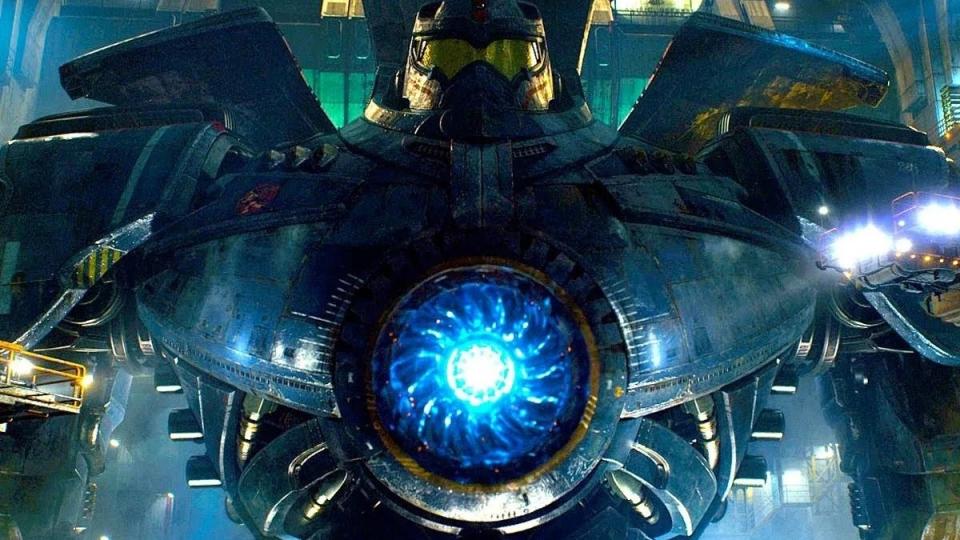
5. “Pacific Rim” (2013)
Perhaps del Toro’s most underrated movie, “Pacific Rim” was dismissed by many as a big, dumb, robots-versus-monsters free-for-all when instead it’s a big, incredibly smart, immaculately crafted robots-versus-monsters free-for-all. Set in the near-future at the tail end of a war between humans and kaiju, a washed-up pilot (Charlie Hunnam) is recruited as part of humanity’s last gasp. (In a weird way, “Pacific Rim” feels like the third or fourth movie in a franchise that never actually existed.) The action sequences are absolutely dazzling, with del Toro working on a scale he had never been afforded before (or since) and Industrial Light & Magic putting in some all-time work. But more impressive than any of the set pieces is the unexpected emotional depth. “Pacific Rim” is ultimately about broken people called upon to save the world, reinforcing the notion with savvy design choices and stylistic flourishes that work on an almost subliminal level. And the monsters are very, very cool. Oh, and it probably should be noted that Ron Perlman plays a crazy crime lord/underground monster parts dealer named Hannibal Chau.
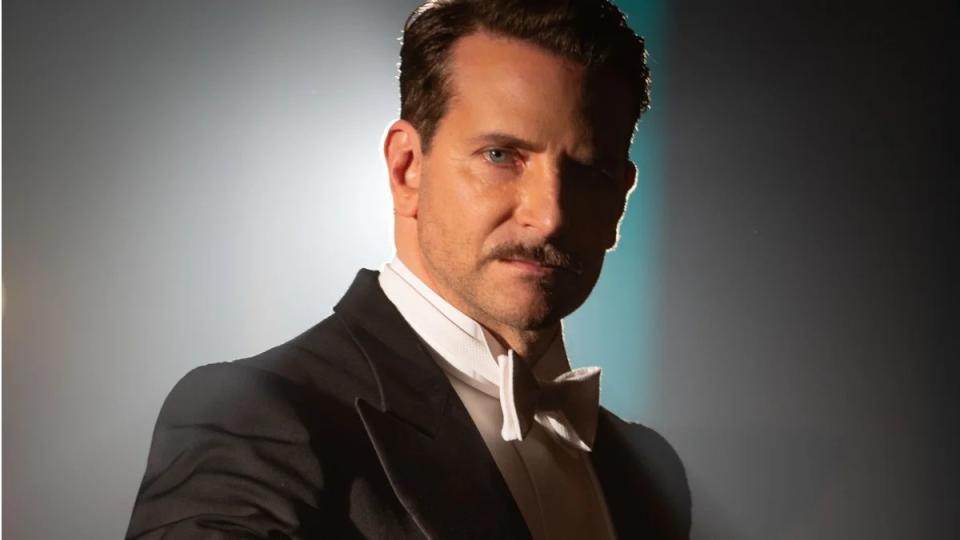
4. “Nightmare Alley” (2021)
This is Del Toro’s bleakest movie yet, as dark as a moonless night sky. Based on the 1946 novel by William Lindsay Gresham (and adapted once before in 1947), “Nightmare Alley” stars Bradley Cooper as a drifter who falls in with a seedy carnival outfit. There he falls in love with the electric woman (Rooney Mara) and becomes fascinated by the tricks of a pair of married mentalists (Toni Collette and David Stathairn). Eventually he becomes a sensation in the big city, before being drawn into a world even more sinister. Waylaid by the pandemic, a shifting cast (Leonardo DiCaprio dropped out, replaced by Cooper), and Disney absorbing the studio he was making it for, del Toro still manages to craft one of his very best films. Like many of his films, it’s a period piece (Cate Blanchett vamps it up as a sneaky psychiatrist) that isn’t afraid to comment on the current culture, specifically the ability for talented liars to ascend unchecked. Del Toro’s only film not to explicitly feature supernatural elements, it is still gorgeously designed and absolutely ravishing. But the movie’s unrelentingly oppressive tone, and a gut punch of an ending, leaves the biggest impression. It’ll bruise you.
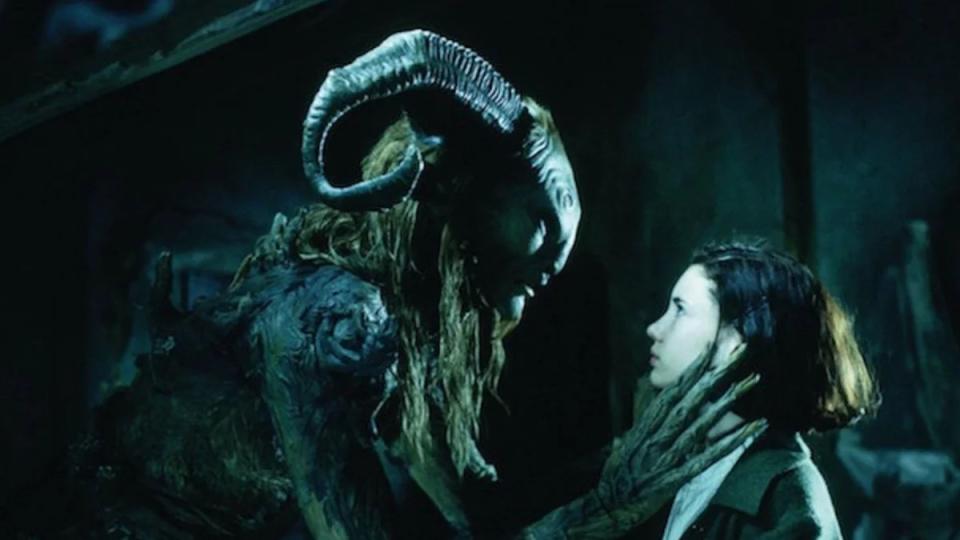
3. “Pan’s Labyrinth” (2006)
If you didn’t know Guillermo del Toro’s name before “Pan’s Labyrinth,” then you knew it afterwards. The second film of his to be set during the Spanish Civil War, “Pan’s Labyrinth” follows a young girl who is tasked with a series of quests by supernatural entity Pan while her stepfather, an evil general, hunts down revolutionaries. It’s in the juxtaposition between real life cruelty and a kind of storybook horror that “Pan’s Labyrinth” finds its power. The young girl’s trip into the lair of a gaunt ghoul known as the Pale Man rarely measures up to the horror that the captain (played by the great Sergi López) inflicts on those around him. (The scene where he stitches up his own face is an all-timer and sent the New York Film Festival audience into hysterics.) Stephen King called “Pan’s Labyrinth” the greatest fantasy film since “Wizard of Oz.” In the years since its release, it’s somehow gotten even better.
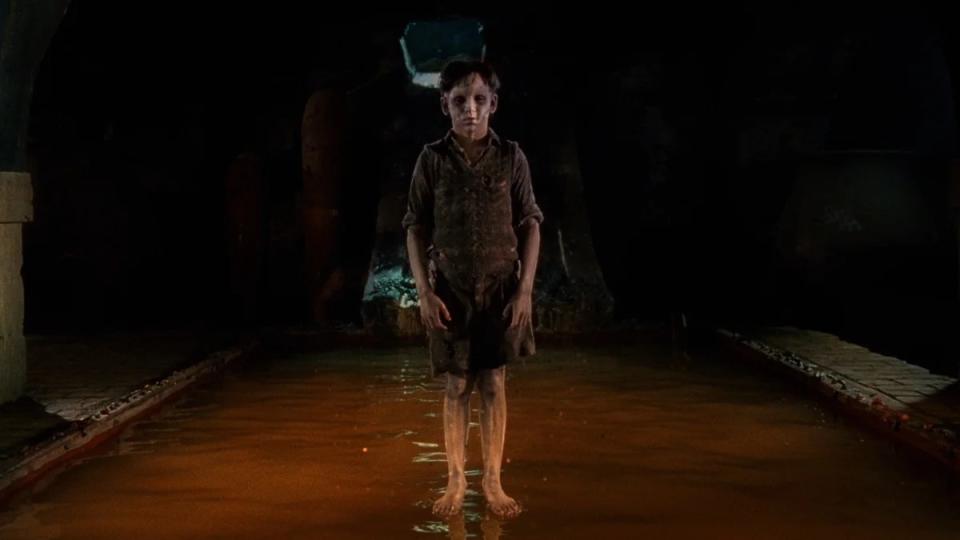
2. “The Devil’s Backbone” (2001)
Del Toro’s first trip to the Spanish Civil War, produced by Pedro Almodóvar, is even more haunting. “The Devil’s Backbone” is a coming-of-age tale set at an all-boys orphanage during the conflict, where an unexploded bomb sits in the center of the courtyard, a bit of ribbon tied to it, blowing serenely in the wind. There is talk of a ghost haunting the graveyard, of one of the boys that was murdered (and then the murder covered up), but the supernatural aspects of “The Devil’s Backbone” pale in comparison to the horrors that the humans perpetrate – not just those fighting in the war, but the ones running the orphanage as well. Inspired by newspaper comics, old ghost stories, and real world atrocities, “The Devil’s Backbone” is unnerving and invigorating all at once. And del Toro’s vision of the ghost boy, his head wound perpetually leaking, looking somewhat like a fly trapped is amber, is one of the most iconic images in modern day horror. (He’d return to the design for the climax of “Crimson Peak.”) This should have been the one that broke him into the mainstream.
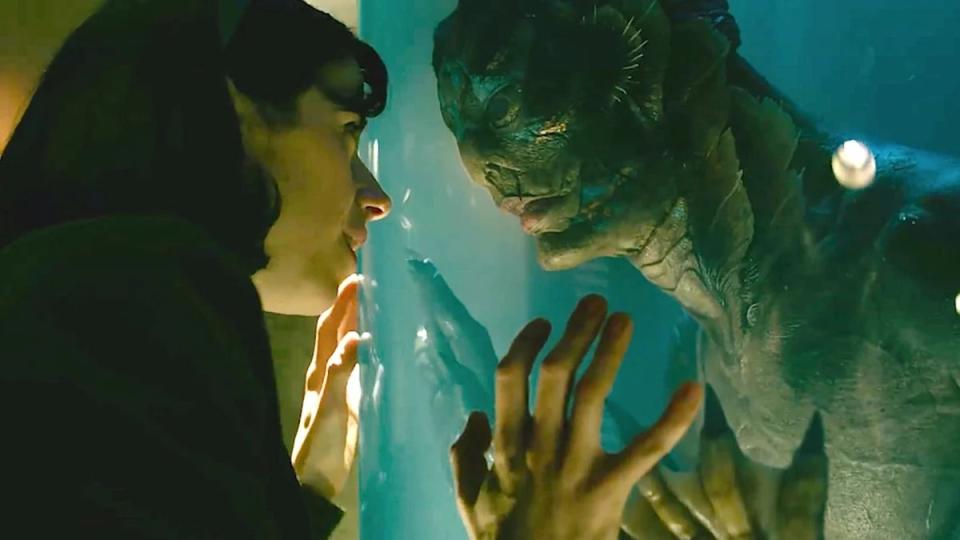
1.“The Shape of Water” (2017)
Perhaps the most unlikely Best Picture Oscar winner, “The Shape of Water” was borne out of del Toro’s desire to remake “The Creature from the Black Lagoon.” Only in his version, the creature winds up with the girl. Set in a secret government facility in early 1960s Baltimore, it stars Sally Hawkins as a mute custodian who falls in love with “The Asset,” an aquatic man kidnapped from a South America River. (Of course, the actual monster in the film is a bloodthirsty government agent played by Michael Shannon, and the cold indifference of mid-century America towards anyone even remotely different.) “The Shape of Water” is so full – of life, of characters (like Richard Jenkins’ gay next-door neighbor or Octavia Spencer as Hawkins’ co-worker), of ideas (there’s an entire Cold War espionage subplot), and chiefly of love. That romance emerges between the characters, but also from del Toro’s love for monsters and for cinema in general (there is a full-on black-and-white musical number). Most del Toro movies are designed to scare you, but “The Shape of Water’s” chief objective was to make you swoon. And that it does, again and again and again.
The post Every Guillermo del Toro Movie Ranked, From ‘Cronos’ to ‘Pinocchio’ appeared first on TheWrap.

